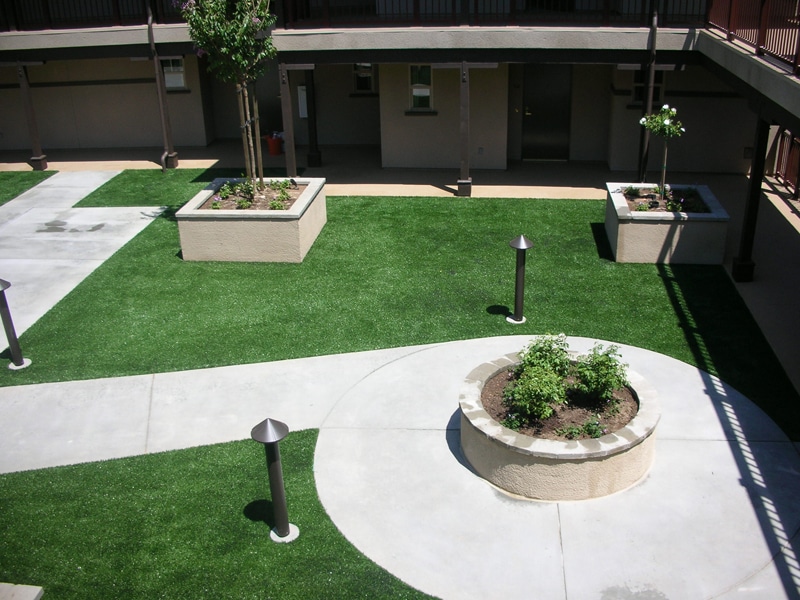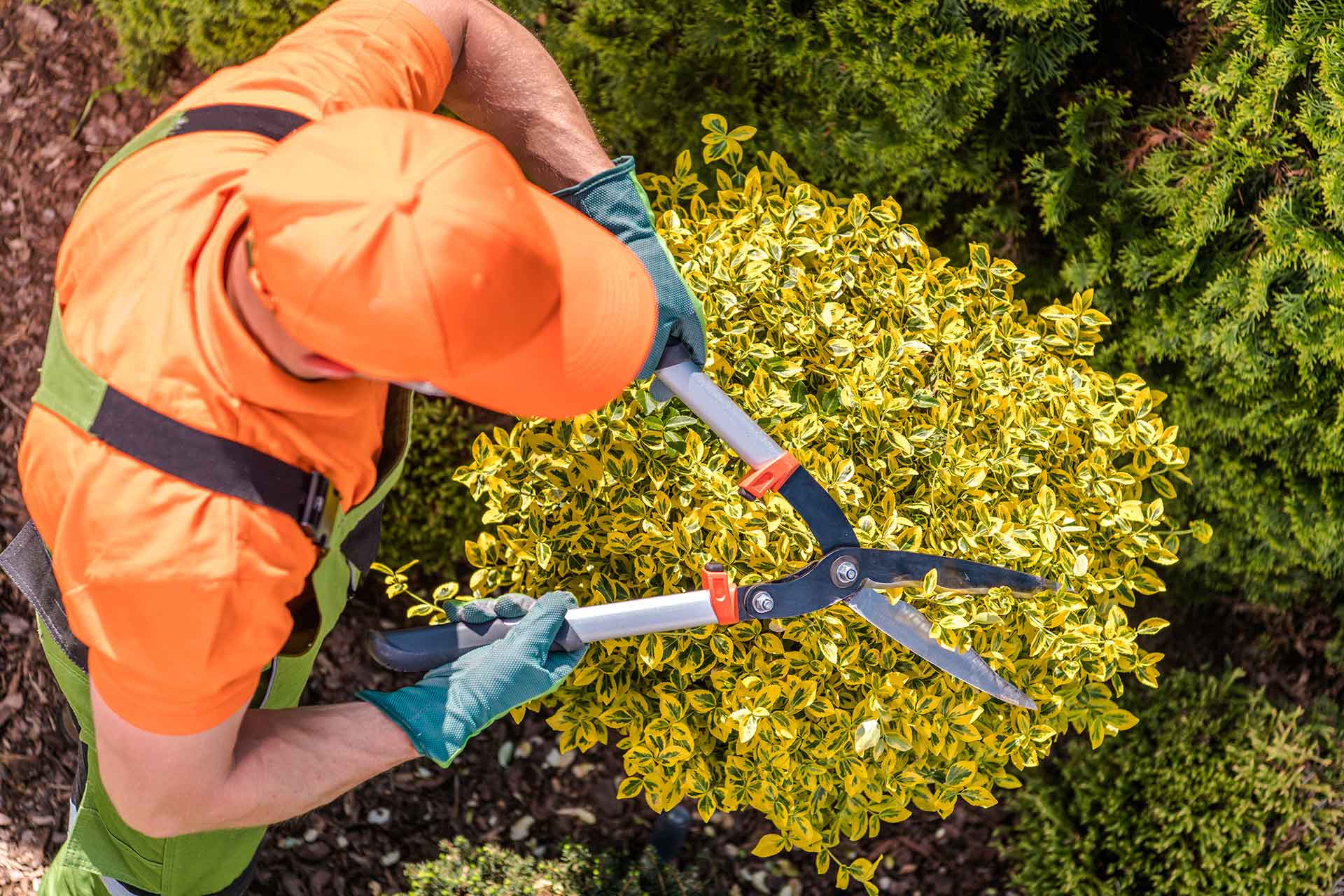7 MISTAKES ARTIFICIAL TURF INSTALLERS MAKE
Our clients switch to artificial grass to save money on water and all the other costs associated with maintaining a natural lawn. Installing your own artificial grass is easy… as long as you have detailed instructions, all the right tools and some real experience working with artificial grass. We can provide you with an artificial turf installation guide and recommend some tools, but since you can’t get expertise from the Internet, we can give you the next best thing: some common turf installation mistakes to avoid.
Avoid these 7 mistakes DIY installers make for a much smoother artificial turf installation:
.
Error 1: No drainage
One of the most overlooked aspects of artificial turf installation is proper drainage. It is essential to keep water away from the lawn, otherwise you will end up with annoying puddles of water every time it rains.
Mistake 2: Incorrect measurements
Measure your installation area at least twice, and from different directions. Make sure you are getting the right amount of sod to cover your installation area in the most efficient manner by going over your calculations with one of our sod consultants.
Error 3: Incorrect base
Even a mistake like using the wrong type of crushed rock, and the wrong depth for your region can cause major problems down the road. We generally recommend using ¼” to ¾” crushed drainage rock as the base material. The coarseness of the base rock determines the amount of drainage your new turf will have, so choose a coarser material if you have drainage problems. Also, never use rounded rocks, such as gravel, because they will slip when you try to compact them.
Mistake 4: Not installing a weed blocker
One of the advantages of artificial grass is that it is no longer necessary to weed the lawn. However, for this to become a reality, you need to apply a weed blocking layer under your artificial turf to deter weeds and other plants from growing through your lawn.
Mistake 5: Throwing away leftovers after installation
Make use of leftover grass clippings. They can be used for small repairs or patching. In addition, you can use them as reference samples if you need to buy more artificial grass in the future.
Pitfall 6: Irregular surface
Imagine placing a rug in your living room on an uneven surface, you wouldn’t, would you? The same should apply to your artificial turf. Even the smallest bump or stone will stand out like a sore thumb on a nice smooth lawn. So take the time to prepare the base, eliminate any potential hazards and make sure the ground is completely flat.
Mistake 7: Not buying quality artificial turf
Grass that looks cheaper at first glance will cost you in the long run. There is an avalanche of cheap imported turf on the market, which may look identical on the surface but lacks substance in quality. The result is a lawn that fades, crumbles and/or flattens after light traffic.



